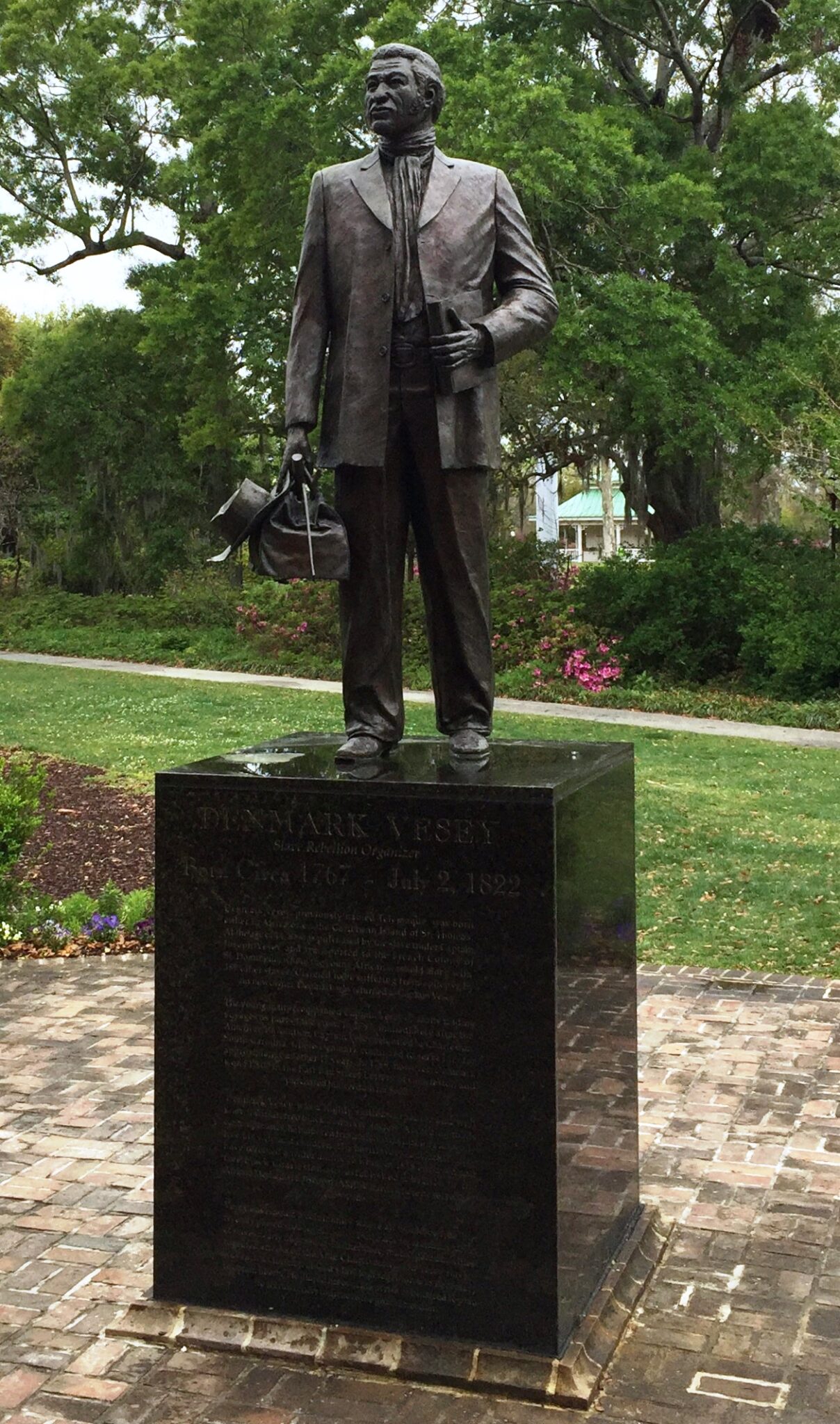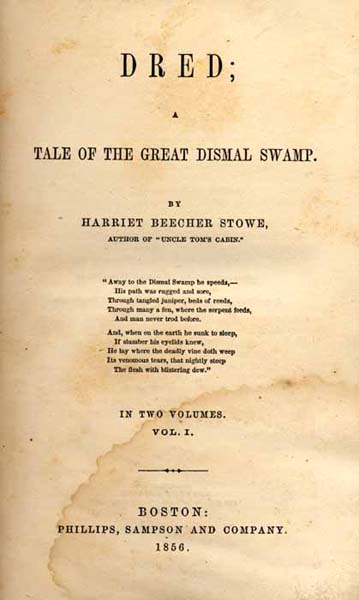Denmark Vesey

Today in Labor History July 2, 1822: The authorities hanged Denmark Vesey and 34 others for plotting a slave uprising. An estimated 9,000 were involved in the plot, but only 67 were convicted of any offense. Vesey was a free man living in Charleston, South Carolina, who still had enslaved family members. He cofounded the African Methodist Episcopal church (AME) in Charleston, quickly gaining nearly 2,000 members and the support of white clergy. Charleston at the time had far more black residents than white, including many upper-class free blacks, some whom had their own slaves. Additionally, many white refugees from the Haitian Revolution moved to Charleston with their black slaves. Consequently, there were many black residents who wanted to replicate the Haitian slave uprising in South Carolina and many whites who were fearful of such a rebellion.
Many of the congregants in Vesey’s church were current slaves and he used the church to help organize the revolt. The uprising was supposed to occur on July 14, Bastille Day, since the victors of the French Revolution had abolished slavery in Saint Domingue. The plan was to attack the arsenal, kill as many white slave owners as possible, like they did in the Haitian Revolution, and then commandeer ships to Haiti. Vesey’s success at organizing thousands of free and enslaved blacks was also his downfall. So many people knew about the plot, that word easily leaked to the white slave owners. In the end, he was betrayed by two slaves who were loyal to their masters. Several white men were also convicted of participating in the plot. None were known abolitionists and all the white allies received lenient sentences.
Vesey in Fiction

Many writers have depicted Vesey or his rebellion in their writing. The title character in Harriet Beecher Stowe’s novel “Dred: A Tale of the Great Dismal Swamp” (1855) is a composite of Denmark Vesey and Nat Turner. Probably inspired by contemporary criticism of “Uncle Tom,” who she portrayed as a passive martyr, she made Dred a revolutionary escaped slave.
Martin Delaney also refers to Vesey in his serialized novel, “Blake; or the Huts of America” (1859–61). Delaney was, himself, a revolutionary free black man. He was an abolitionist, writer and the first and only black man to achieve the rank of major during the Civil War. He was also the first black nationalist, who coined the phrase, “Africa for Africans.” African American writer John Oliver Killens (1916-1987) wrote a biography of Vesey “Great Gittin’ Up Morning” (1972). And, more recently, Orson Scott Card’s portrays Vesey in his “The Tales of Alvin Maker” series (1987-2003).
1890s
Today in Labor History July 2, 1890: Congress passed the Sherman Anti-Trust Act, which was intended to block business monopolies, but ended up being used effectively by employers against unions.

Today in Labor History July 2, 1894: Unionists fought with strikebreakers, Oondooroo Station, Queensland, Australia. Because of the depression, and falling wool prices, sheep ranchers slashed wages and hired scabs, which were plentiful due to the high rate of unemployment. In Queensland, the strike lasted from May through October. However, in New South Wales, the strike continued, where police were mobilized against them in increasingly violent confrontations. In one incident, union workers burned and sank a ship carrying scabs up the Darling River. In September, they set a wool shed on fire in Dagworth Station. The cops went after a union man named Samuel Hoffmeister, who killed himself to prevent arrest and incarceration. The lyrics to the song Waltzing Mathilda are based on this incident.
Today in Labor History July 2, 1897: Bituminous coal miners began a 10-week strike.
1920s-1950s
Today in Labor History July 2, 1929: Sandino left for México to seek aid for his Nicaraguan rebels. While in México during early 1920s, he participated in strikes led by the IWW. Inspired by the Wobblies, he returned to foment revolution in Nicaragua, adopting the IWW’s black and red syndicalist colors.
Today in Labor History July 2, 1950: NYC Teachers Union resigned from the NEA to protest a proposed ban on Communist teachers.
1980s-1990s
Today in Labor History July 2, 1986: A two-day General Strike began in Chile to protest military rule and end the Pinochet dictatorship. 5 people were killed on the first day.

Pingback: Today in Labor History August 14 - Marshall Law
Pingback: Today in Labor History August 21 - Marshall Law